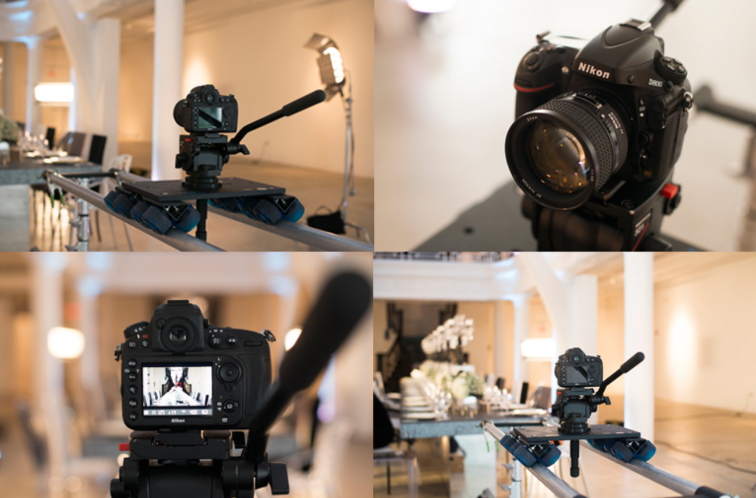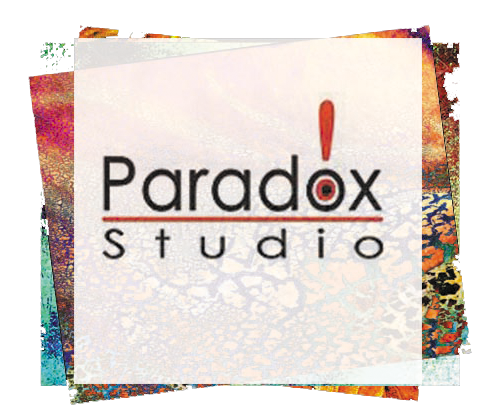
DSLR and Video Camera filmmaking. By and large, clutching a video camera feels more comfortable than filming with a DSLR. Just slide your hand through its strap and your thumb naturally sits on the button.
Viewing the scene is ergonomic thanks to a flip-out screen, and the controls are easily accessible.
Conversely, the leverage of holding a DSLR in your hand is hardly ergonomic.
Neither is the Record button, which differs on each camera. It’s on the back of many cameras, as opposed to the shutter button, which is on top. That’s just weird.
Movie controls are nested in the menu, much like a camcorder.
The difference is that on a camcorder, the functions pertain solely to video capture. Because the DSLR menu system focuses more on the still photography, not many functions are relevant to moviemaking.
These settings make good sense for staying ready:
Capture in HD:
Be sure to set at 1920×1080. And if the camera allows, set on the proper frame rate.
Use manual settings:
When exposure is set to Manual, you can tweak in Live View to your exact needs.
Make sure sound recording is on:
Many first timers have done their best D. W. Griffith impersonation, unintentionally, of course.
Set White Balance to Automatic:
Do this only as a safety precaution. Nothing is worse than shooting an outdoor scene with the white balance set to Tungsten and making everything blue. Cover yourself on Automatic until you can take a manual reading of the scene.
The DSLR clearly requires some finesse, but when everything is properly set, it can reap some amazing results that include
Beautiful image quality:
With a sensor many times bigger than ones found in a dedicated camcorder — and combined with sharp optics — you’ll capture the best possible image.
Lens versatility:
Whether you go with the funky fisheye to creatively frame the subject or decide on a long telephoto lens to bring the action closer, suddenly, the idea of giving up the power zoom ubiquitous on camcorders is not that big of a deal.
Impressive depth of field control:
Still camera lenses offer a clear advantage over the level of focus in the scene. You can render tack-sharp elements in the scene using a wide depth of field. Conversely, you can also create a narrow area of focus for an effect often seen in feature films.
Increased functionality:
Remote triggering devices, rack systems, wireless transmitters, viewfinder adapters, and numerous other toys help carry out your moviemaking dreams.
Remarkable low-light capture:
One advantage of the bigger sensor size is that it significantly reduces the noise usually associated with low-light capture. Fast lenses allow you render more detail in the image than the average camcorder. Then there’s ISO capability that allows you to control the sensitivity of the sensor.
Focus issue:
DSLR’s are more difficult to focus than a camcorder. It’s hard to get precise focus with the camera’s live LCD screen. A camcorder lens allows you to zoom all the way in to focus, so the focus is exact. Camera lenses provide little leeway due to the short ratio between focal length.
Lack of sufficient controls:
DSLR cameras can capture high-quality movies, but because the camera’s first function is to take still images, it has fewer controls for moviemaking. Many DSLR models offer little control over exposure while shooting.
Limited recording time:
Some cameras limit capture to 12 minutes at a time in the full HD mode. This limit shouldn’t present a problem because you would rarely need to have such a long continuous take for a film you will edit.
Not ergonomic:
Because it’s designed for shooting stills, the DSLR is not as comfortable to hold for making movies.
Not kind to audio:
A DSLR does not offer great audio capture. The built-in microphone that was put there for voice notes are for still photos. Combine that with a lack of control over audio levels and XLR cable connectivity and the situation worsens. However, the camera does offer a mini-plug for adding an external microphone as well as a line mixer with XLR inputs.
Rolling shutter:
Although it sounds like a retractable accessory for your bedroom window, rolling shutter is actually a common imaging defect that occurs when the camera moves too fast.
Single sensor:
This is not really a con as much as a tradeoff. The bigger sensor is clearly superior under low-light conditions. Although color rendition is good, it’s not as good as that of dedicated camcorders.
Temperamental to temperature:
DSLR cameras are notorious for overheating and can stop recording without warning.

